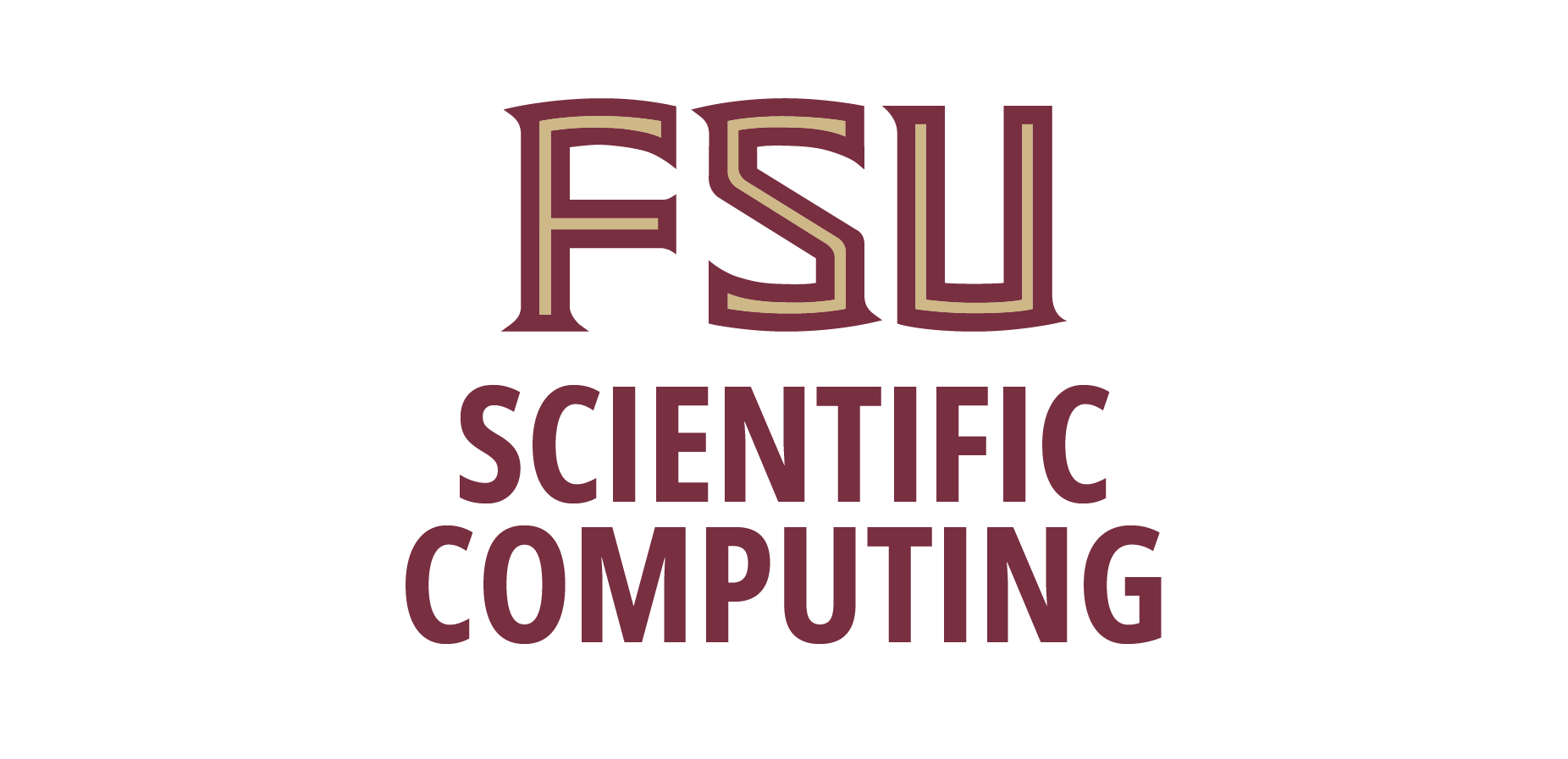"Is there any hope in the mesoscale eddy transport tensor in parametrizing sub-grid eddy dynamics?"
Feb 22, 2023, Schedule:
- Nespresso & Teatime 417 DSL - Commons
- 03:00 to 03:30 PM Eastern Time (US and Canada)
- Colloquium - F2F 499 DSL / Virtual Zoom
- 03:30 to 04:30 PM Eastern Time (US and Canada)
Abstract:
Due to computational constraints, the model resolution of global- and basin-scale ocean simulations are often restricted to 1-1/10 degrees in latitude and longitude (equivalent to 100-10 km resolution). This resolution is barely sufficient to resolve the storm system of the ocean on the scale of tens of kilometers, coined as mesoscale eddies. Nonetheless, it is now accepted in the field of ocean modeling that resolving these eddies leads to a more realistic representation of the ocean circulation and oceanic heat transport. There has, therefore, been an active effort to design sub-grid parametrizations to mimic the dynamical effect of eddies otherwise resolved under sufficient model resolution.
In the literature of eddy parametrization, it is common to relate the (sub-grid) eddy fluxes to the gradients of the resolved field via a scalar parameter, often referred to as eddy diffusivity and/or transport coefficient. This stems from the works by Redi (1982) and Gent and McWilliams (1990) known as the Redi isopycnal tracer transport coefficient and GM skew transport coefficient. A natural extension to this has been to replace the scalar coefficients with a tensor form, which allows us to incorporate the information of anisotropy in the flow. Here, I will provide an overview on eddy parametrizations in an oceanic context, present the tensor within the thickness-weighted averaged framework, a framework apt for the vertically stratified nature of the ocean, diagnosed from an eddying (1/12 degree) ensemble of the North Atlantic and idealized eddy-resolving double-gyre ensemble, and its utility in reconstructing the eddy flux of passive and active tracers such as potential vorticity.

